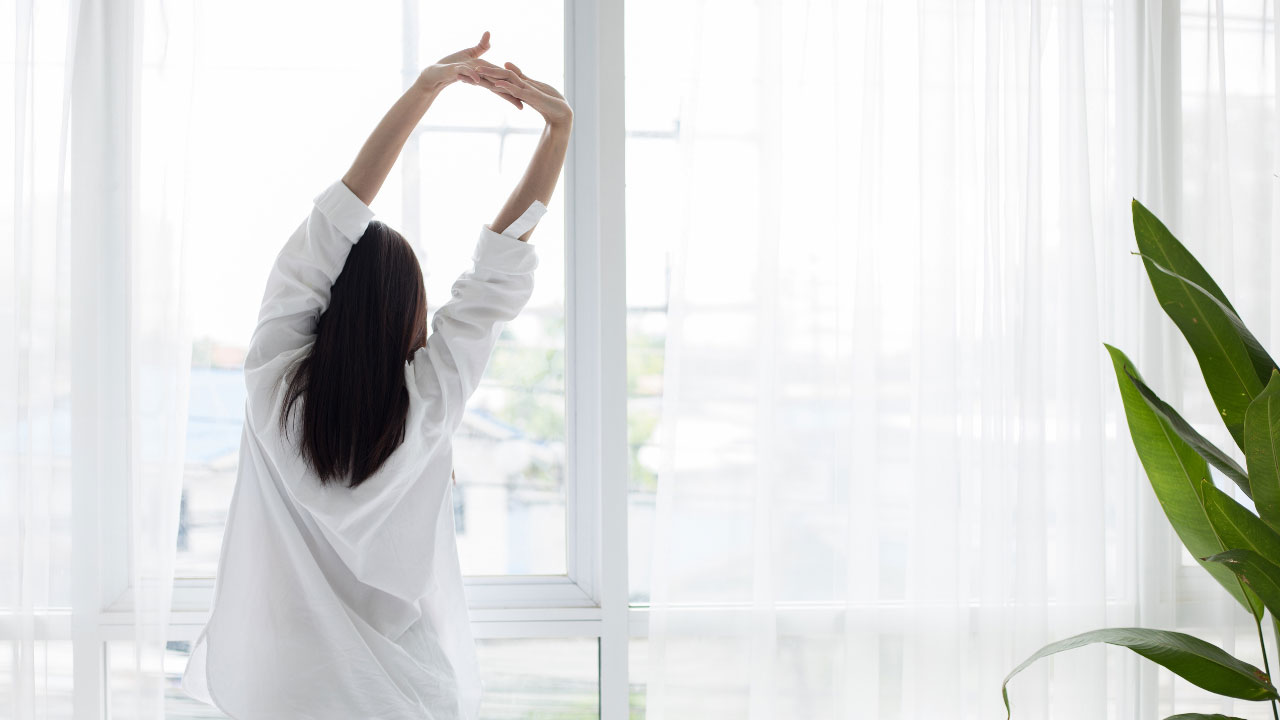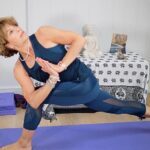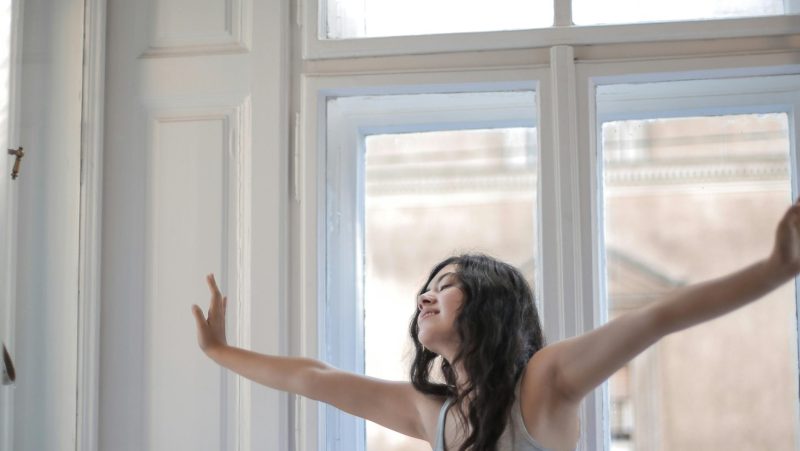
Yoga and why we stretch
Stretching with yoga is essential for our everyday health. By Fenella Lindsell
Whether a morning alarm sends your heartbeat skywards, or the sun gently peeks through your curtains, the moment you wake from your slumber is almost always followed by a big stretch and an inadvertent yawn.
It’s safe to say that a good old stretch is hard to beat and it’s usually the very first thing that every person does, every single day.
Many scientists believe the role of stretching is to elongate and activate muscles, particularly after a period of rest.
We also see this in other mammal species who tend to stretch after resting or sleeping for a while. Humans are no different.
However, the last half century has seen a rise in popularity for sport stretching, stretch-related research and organised stretching and strengthening activities like yoga. If done correctly, stretching can improve both the stability and mobility of our joints and yoga plays a crucial role in this story.
The question is to what extent stretching really helps, and who needs to do what?
Modern living
We all know sitting at a desk is not very good for us. However, the idea that so many people are also doing it somehow makes us feel like it’s okay. This is a totally misled way of thinking. As time behind screens has risen vastly in recent decades, our posture-related muscles have taken a hit and the 'one of many' arguments in this situation doesn't help anyone.
According to Tilp, a stretch research expert at the University of Graz, concentration on mental tasks causes us to stiffen up. Particularly, looking at a screen and focusing our eyes, as this leads to tensing of the shoulder muscles.
Evidence has shown that trapezius muscles in the back are directly sensitive to the difficulty of a visual-oriented task. The more difficult it is to solve the task we are looking at, the more tense the upper back muscles become.
Why stretch?
The problem here is that muscles shorten over time and fail to reach their full range of motion. The longer they are held tight, the shorter their full range of movement becomes and the more they pull surrounding muscles into the same bad habit.
Stretching helps lengthen the muscles again and the more frequently we do it, the longer their resting length becomes.
Muscles that are less tight bring less tension to the surrounding areas, improve posture and, in some cases, will lower resting stress levels if the muscles are involved in stress response (i.e. the psoas muscle).
Superior stretching
It is acknowledged that stretching muscles passively, i.e. without working the muscle, can help lengthen the muscle and maintain a healthy range of motion. This being true, there are many other ways of achieving this healthy range of motion, and some of these ways have the secondary benefit of strengthening whilst also lengthening.
Researchers have suggested that resistance training, where muscles are actively used whilst being lengthened (eccentric contraction), can provide both strength and improved flexibility. This is particularly good news for yoga practice, as a huge range of yoga poses rely on active, eccentric contractions that have been scientifically shown to increase range of motion whilst simultaneously strengthening the muscles involved.
This is incredibly important for injury reduction because yoga encourages a good range of movement through improved flexibility whilst simultaneously lowering the risk of sprains and strains by strengthening tendons and muscles. Good exemplary postures for this include Downward Dog and Triangle pose, among many others.
The research
Two interesting studies help realise this in groups of elderly women and younger men, although there is nothing to say the results would not generalise to both sexes in each case.
A 2010 study at Castelo Branco University in Brazil found that yoga practice in elderly women correlated with increased range of motion in the shoulder, spine (upper and lower), hip and knee joints. This led to their claim “that the regular practice of yoga may lead to improved range of motion in the performance of activities of daily living in elderly women.”
In 2016, at the North-Eastern Illinois University, researchers wanted to investigate whether athletes might see a benefit to their performance after engaging with yoga practice. The results were very positive, finding that “a regular yoga practice may increase the flexibility and balance as well as whole-body measures of male college athletes and therefore, may enhance athletic performances that require these characteristics.”
It is also evident in our anatomy that certain movements encourage a stretch reflex, where one muscle group will contract to counterbalance another.
Summing Up
Stretching encourages healthy movement. Stretching with resistance (strengthening the muscles and tendons whilst also lengthening them) offers both healthy movement and injury resilience. Yoga in its many modes of practice does both of these things by stretching and strengthening.
So, the simple message is: stretch with yoga!





